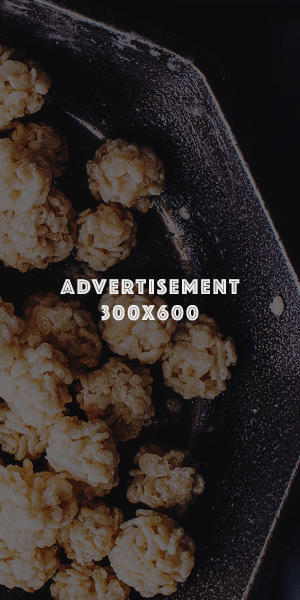Fondant can be used to create a nice blank canvas that a painter (using edible inks and dyes) can use to create a masterpiece. It can be used to create fun characters, interesting backdrops, and elegant facades.

What is Fondant?
But what exactly is fondant? When your baker mentions using it, what can you expect? There are multiple types of fondant, each used for different tasks in the bakery. The most common is rolled fondant, which looks a little like smooth pie dough and is often draped over cakes to cover them, as well as being cut into strips or shapes for decoration.
Poured fondant is creamy and fluid, and is often used as either a filling or coating for cakes, pastries, candies, and other desserts. Sculpting fondant is on the other end of the spectrum, with a stiffer consistency used for making busts and other sculptures. Gumpaste is a kind of rolled fondant that becomes completely hard when it dries. This is often used for building edible structures, flowers, and sculptures.
But what are the benefits of using fondant vs frosting, chocolate, or other cake coverings? If you or someone you know is getting married soon, what are the pros and cons of the material? Well…

Fondant Pros & Cons
Fondant Pros:
- Incredibly photogenic: You can’t argue with the photographic evidence. A skilled artist can use fondant to make an amazing cake that people will be talking about for ages. And you don’t have to hire Duff Goldman to get an eye-popping cake. With a skilled decorator, fondant easily becomes whatever you can imagine, from a demure rose to an orc with a sword.
- Stable and easy to transport: It’s the stuff of nightmares. Your cake arrives at your event, and there’s a giant thumbprint right in the middle of the frosting. Or worse yet, you brush up against it and now your outfit is ruined. While fondant is still delicate, it’s much more stable than most frostings and but tercreams and so will hold up to more stress.
- Options are endless: Like I mentioned above, fondant can be almost literally anything you can imagine. Want zombies chasing survivors around your second tier for your Halloween cake? Do you envision a Christmas cake with Santa, your uncle Jim, and your brother pounding brewskis on the beach? Quirky or creative people can have the ultimate edible decoration to any party they decide to throw.

Fondant Cons:
- Flavor : There’s no beating around the bush here—fondant tastes awful. Handmade fondants aren’t as bad because they’re made from melted marshmallows, but most bakers prefer to use commercially made fondant because it’s easier to work with and doesn’t dry out as fast. So expect your guests to have to peel back a layer of the stuff in order to enjoy their dessert.
- Health: On the heels of that, most commercially made fondants are made of sugar and hydrogenated oils in order to make them more shelf stable. I’m not a scientist, but I’m willing to guess that eating something made of shortening and sugar isn’t going to be good for you.
- Cost: While most cakes to come out of a bakery aren’t going to be cheap (you get what you pay for after all), frosting is often cheaper to make than fondant. And if you’re opting for handmade or healthier versions of fondant than the hydrogenated kind described above, the cost is only going to rise.
Should You Choose Fondant?
So what do you choose? The pros and cons seem pretty well balanced, so what does a customer tell the baker at decision time?
For weddings, I advise people that it is possible to have your cake and eat it too (sorry, couldn’t help myself). The way you do this is by ordering a dummy cake (filled with Styrofoam rather than cake) for photography and for people to admire because, let’s face it, wedding cakes are works of art. In addition to that, order sheet cakes that will only have frosting, so guests tuck into the delicious artisanal flavors you’ve chosen.
But what about “cutting the cake”? Tradition is tradition after all. That’s the clever bit, because you ask the baker to include an edible tier to the cake, ideally the topmost, that you can cut into and mush into your bride/groom’s face like everyone sees on TV. The photo album gets some great shots, everyone gets delicious cake, nobody has to eat fondant if they don’t want to, and everybody’s happy.
Ultimately, it’s up to personal taste, but when I got married (before I got involved in the professional pastry world) I remember being disappointed in the flavor of our cake. The response from everyone I talked to was “that’s what fondant tastes like. Nothing you can do.” So I was eager to share this little secret with anyone who reads this blog. I hope it helps the next time you head to a bakery to commission a work of art!

